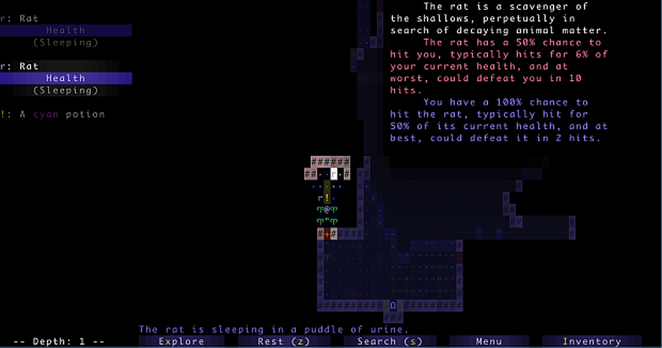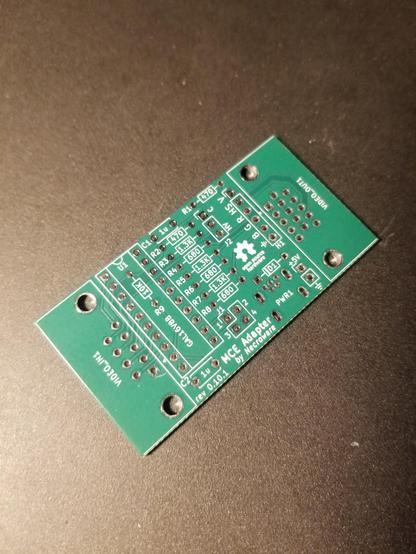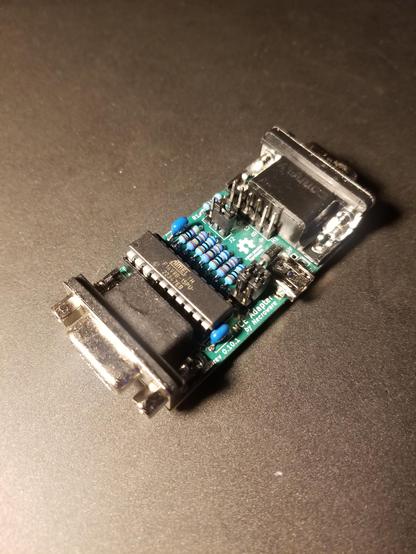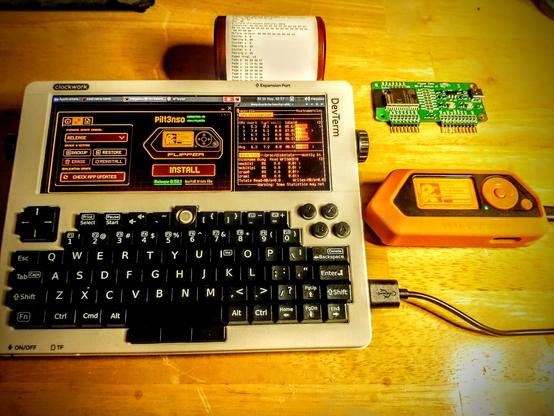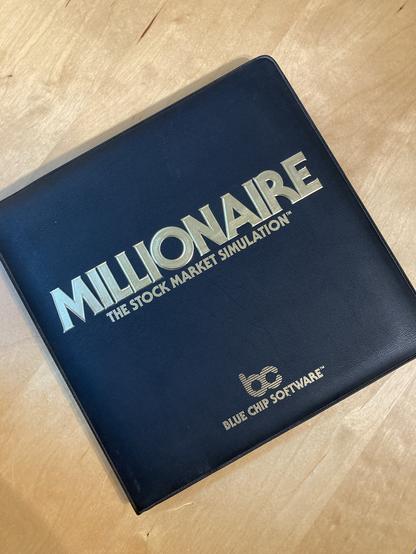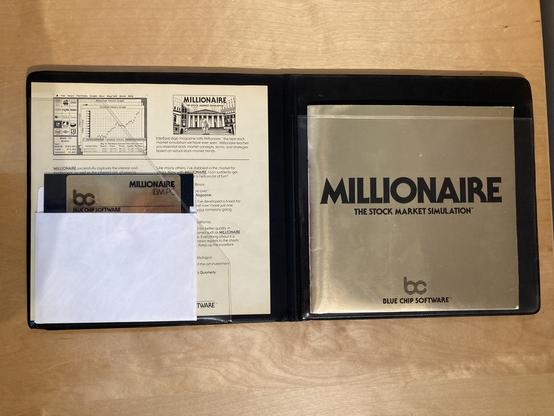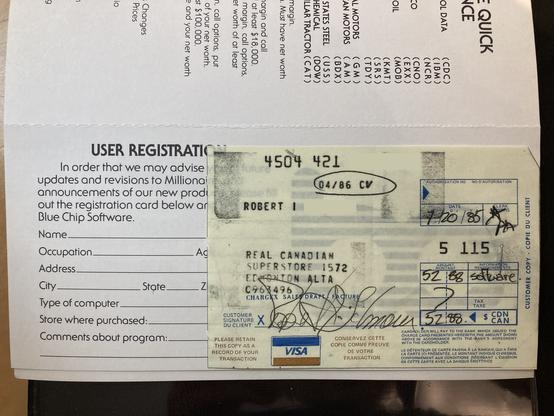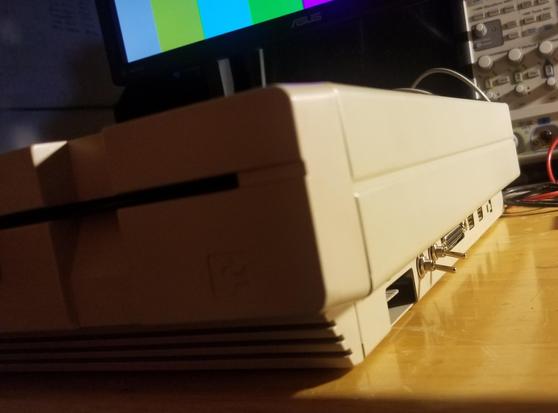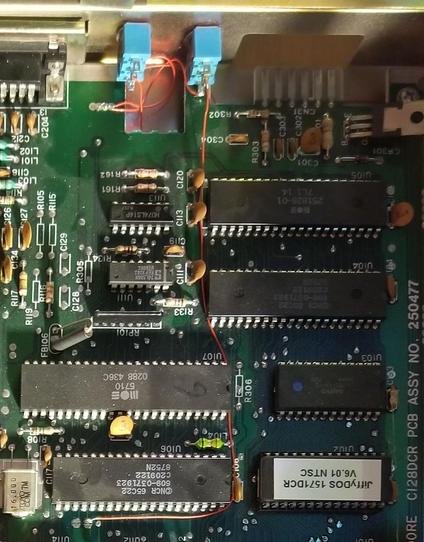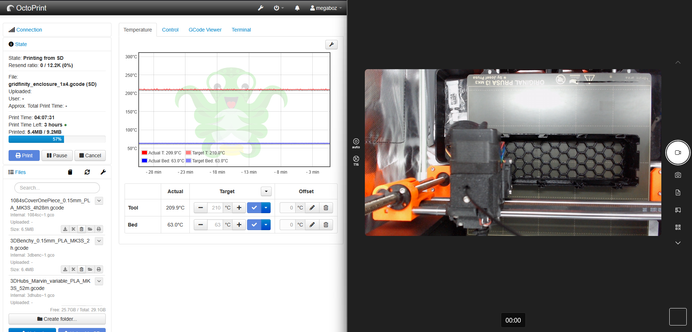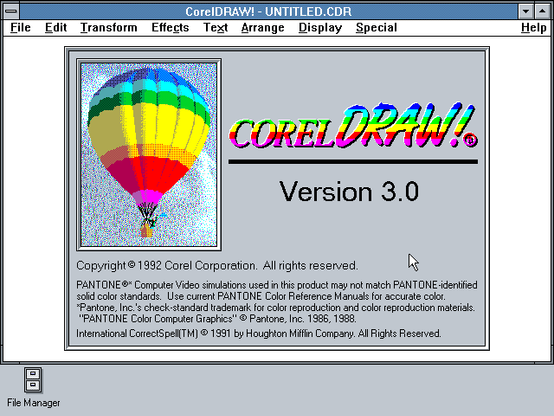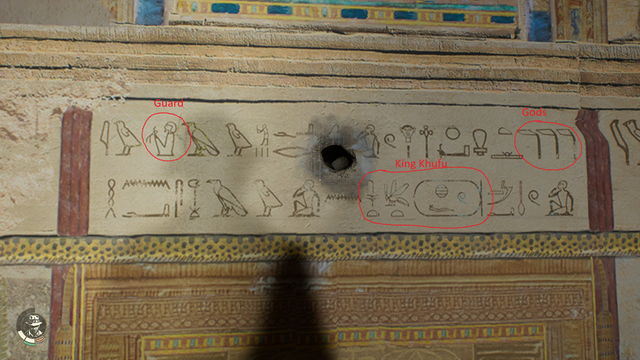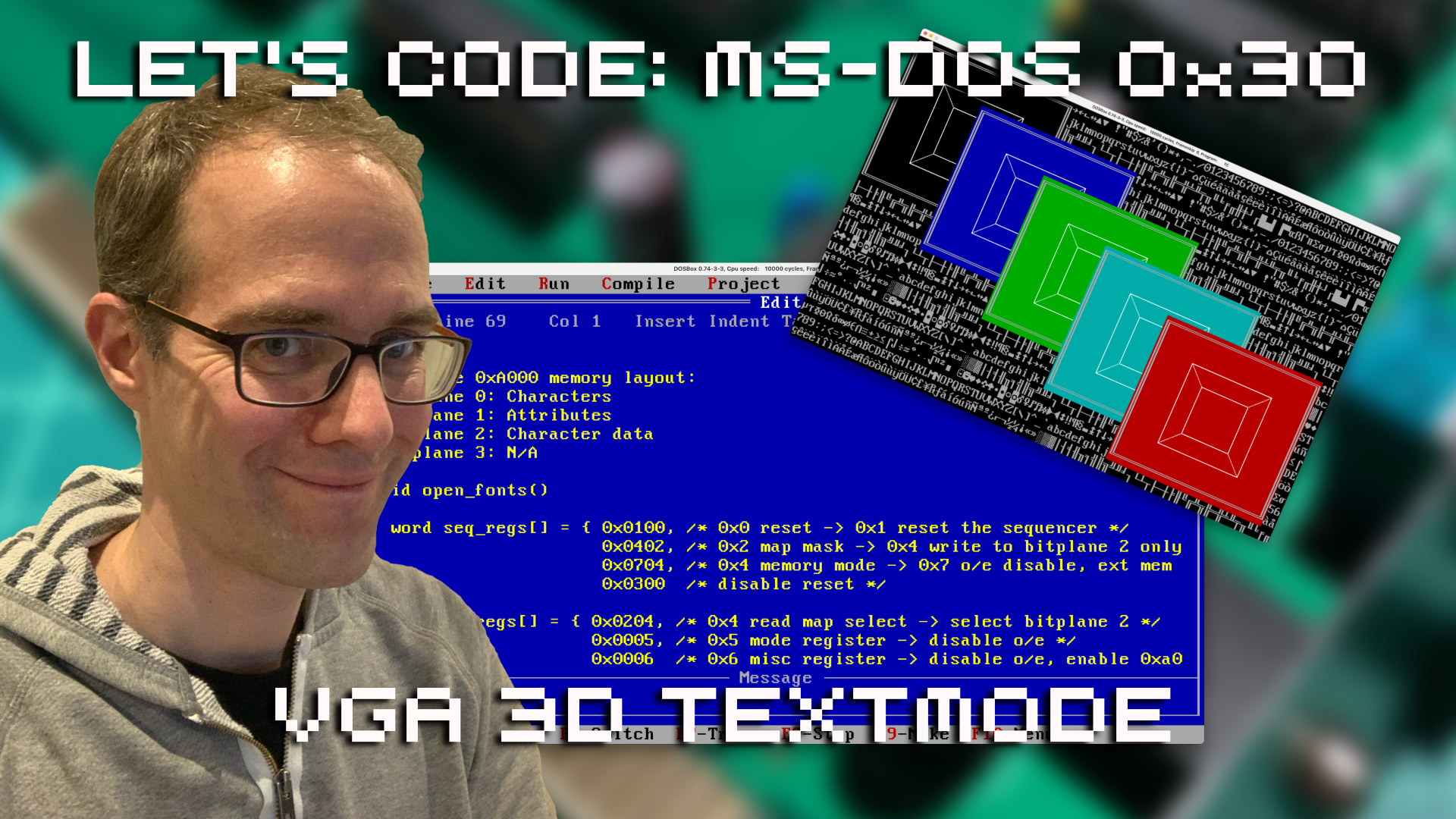over the years i've become more interested in game/software ephemera than the software itself.
for example, few people under 20 have grown up with a local computer store or brick & mortar store that sells boxed games. biking over to the computer store to line up, pay cash, and buy a game you've been saving for months has become an alien experience.
a few days ago i bought some old PC boxed games from a guy that had them in storage for decades. of all of them, i was the least excited about Millionaire. it looked like the kind of lazy portware that probably started its life as a text simulation on the Apple II and made its way to every godforsaken architecture.
tucked away on the last page of the manual was an absolute treasure: the original VISA transaction record for the day the game was bought, for $52.88, on July 20, 1985 at the Real Canadian Superstore in Edmonton, AB, Canada. This is before Canada had the goods and services tax (GST), and when Alberta was abbreviated to Alta.
the owner stapled it on to the warranty registration card, just in case he had to return it or RMA it some day.
Superstore #1572 is still there, in the north end. while i knew they had always sold video games, i had no idea that they sold IBM XT software way back in 1985.
(for anyone not in Canada, Superstore is a national discount grocery chain.)
even better, no one under the age of 30 will have seen these credit card transaction records. they were made using a "credit card imprinter" - a sliding mechanism that pressed the card number through several layers of invoice and carbon copy paper. The invoice papers were usually two or three layered - a white and pink copy for the business, and a yellow copy went to the customer.
#vintageComputing #softwarePreservation #digiPres #canada
